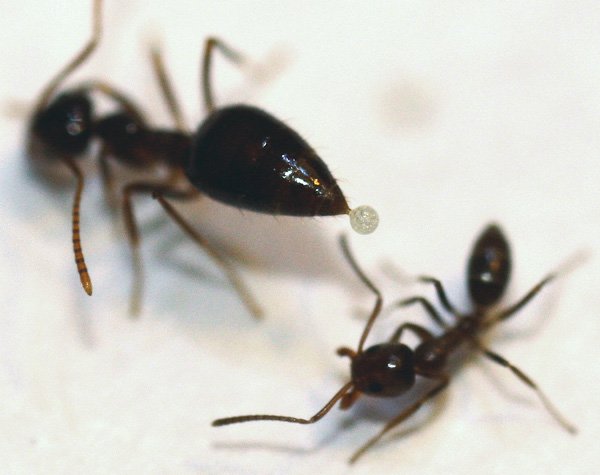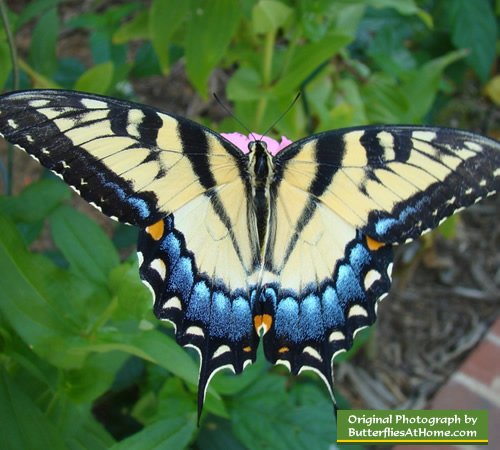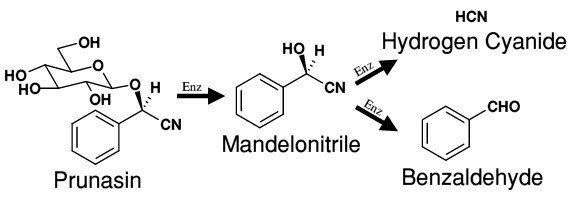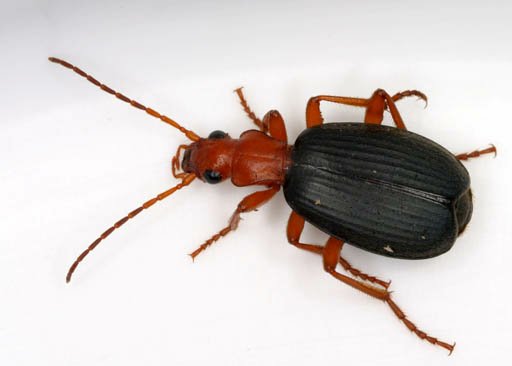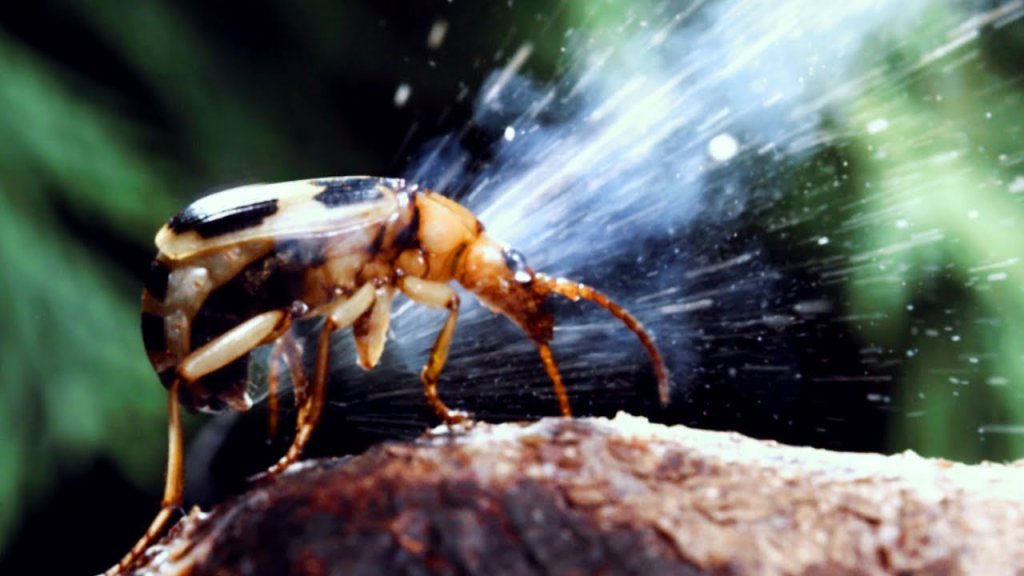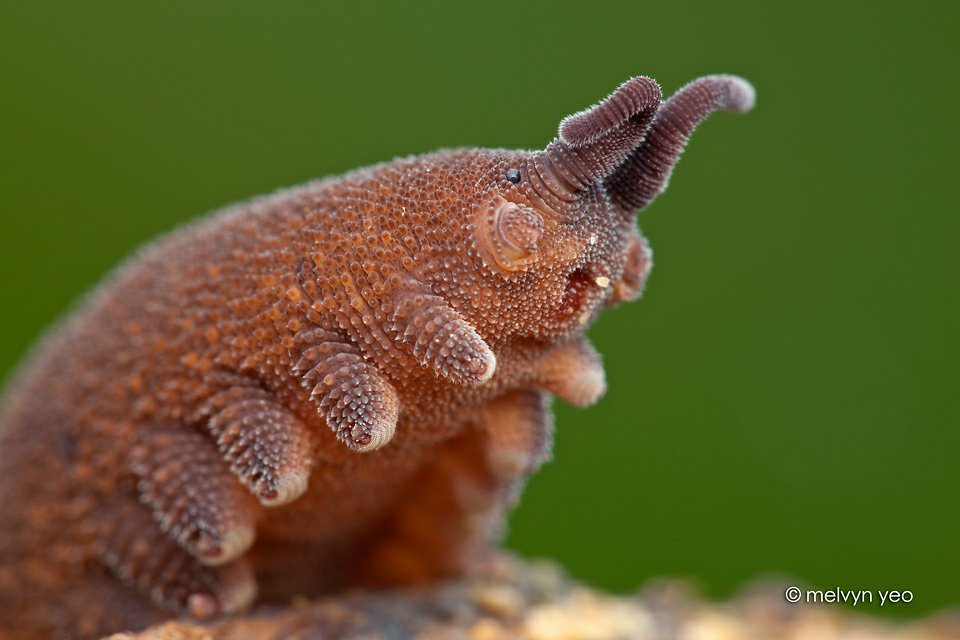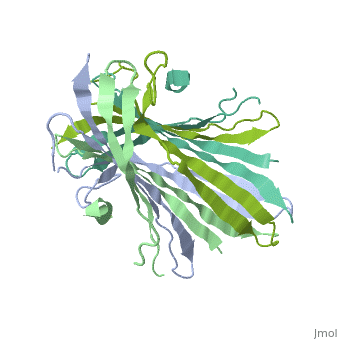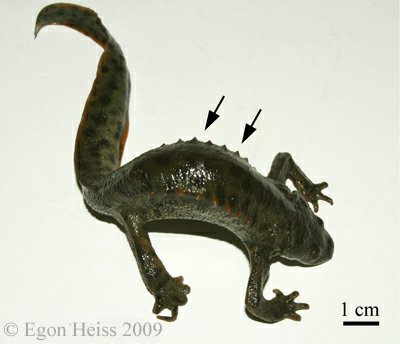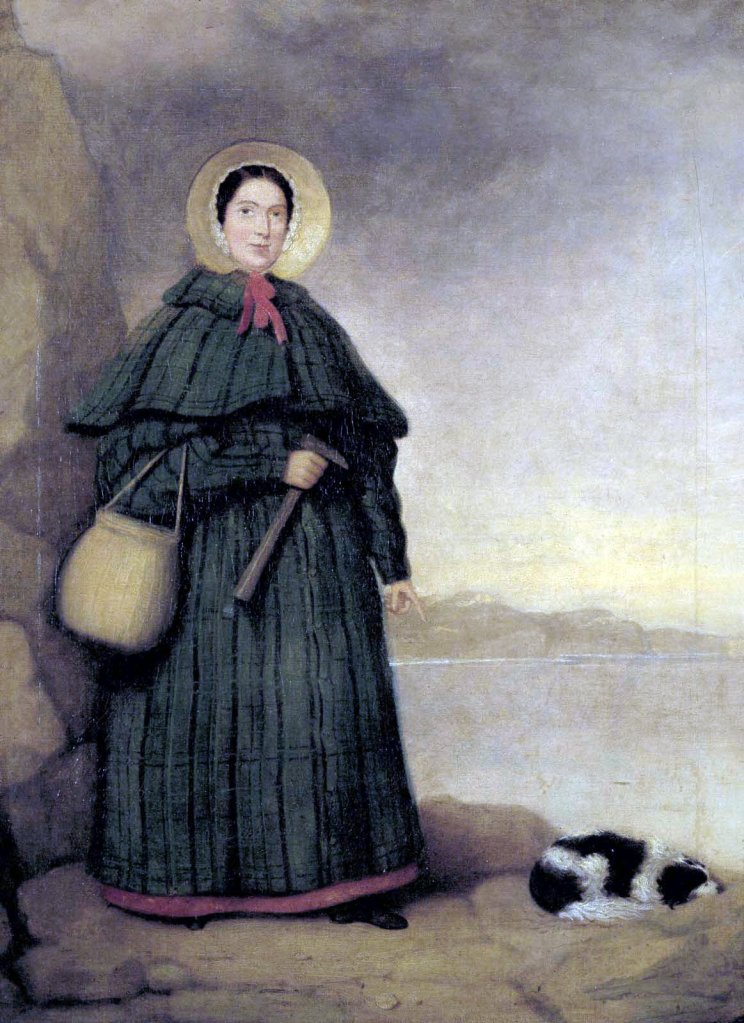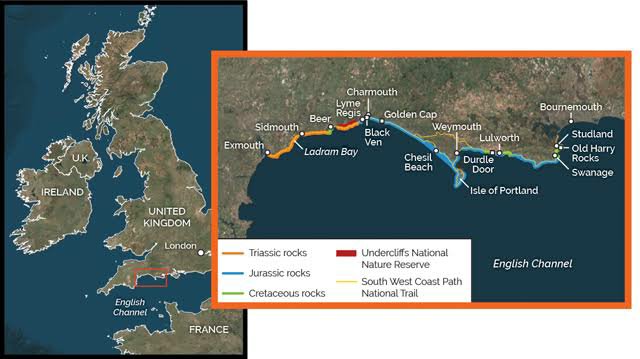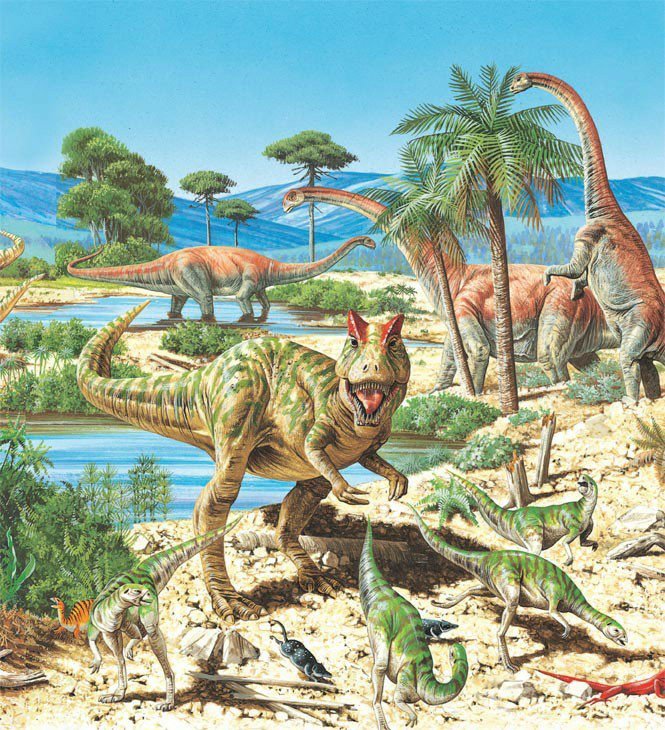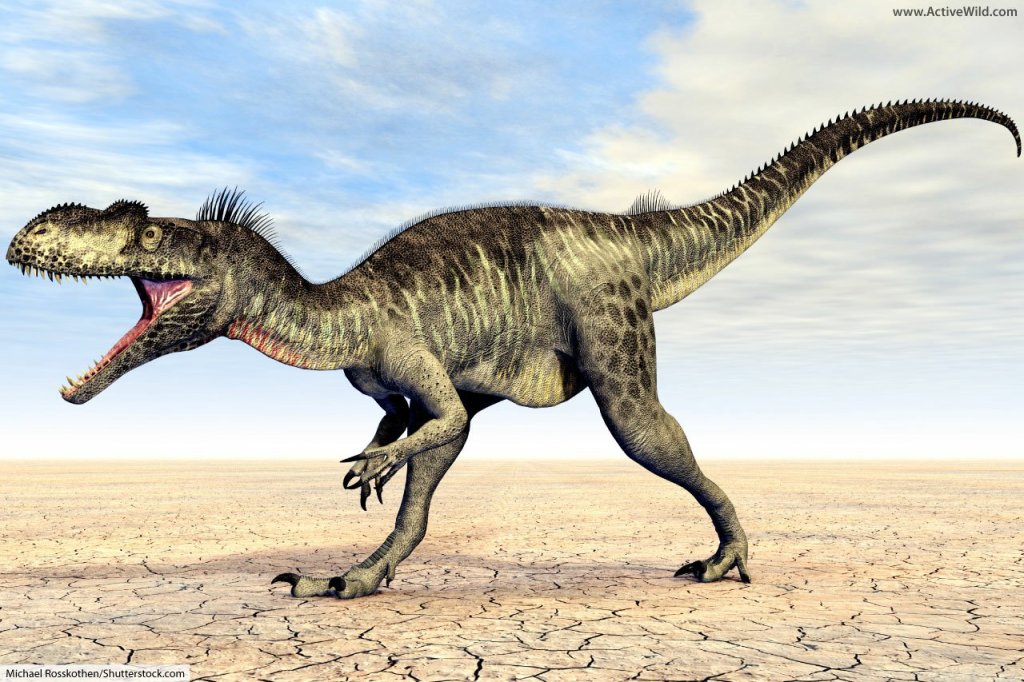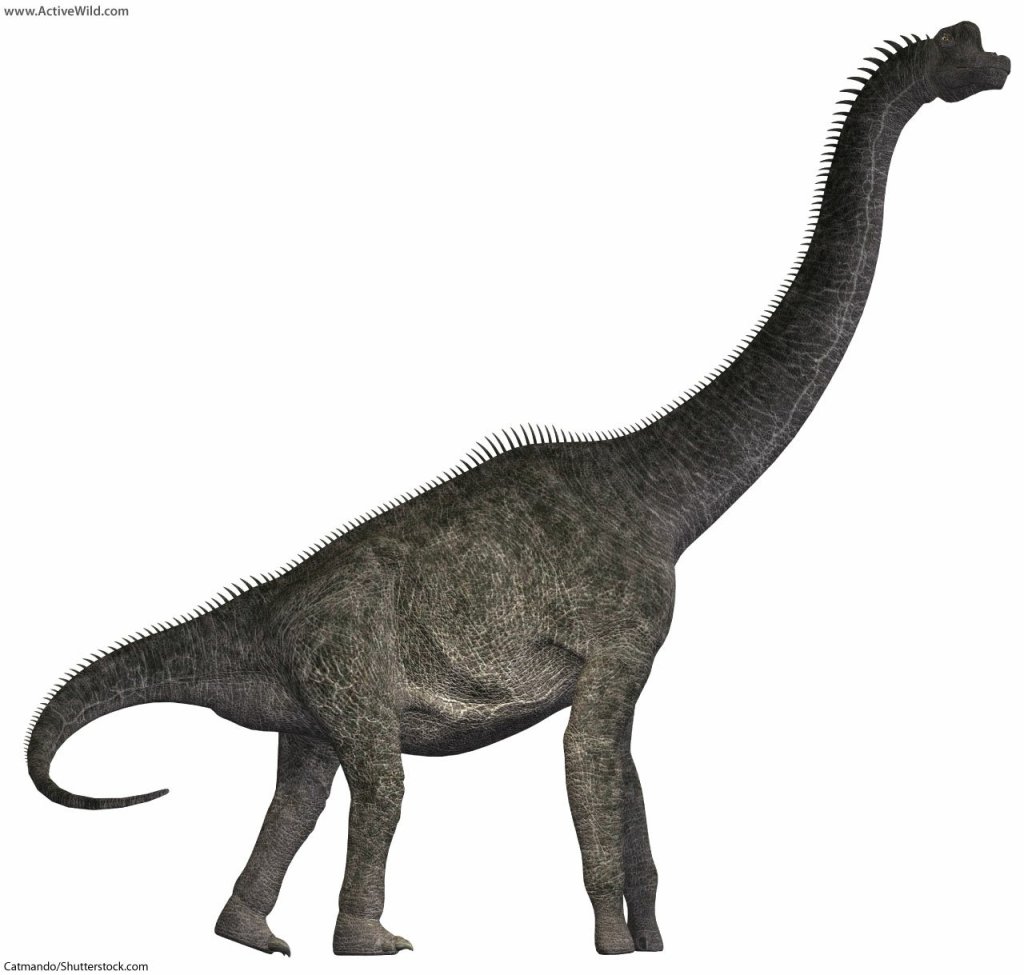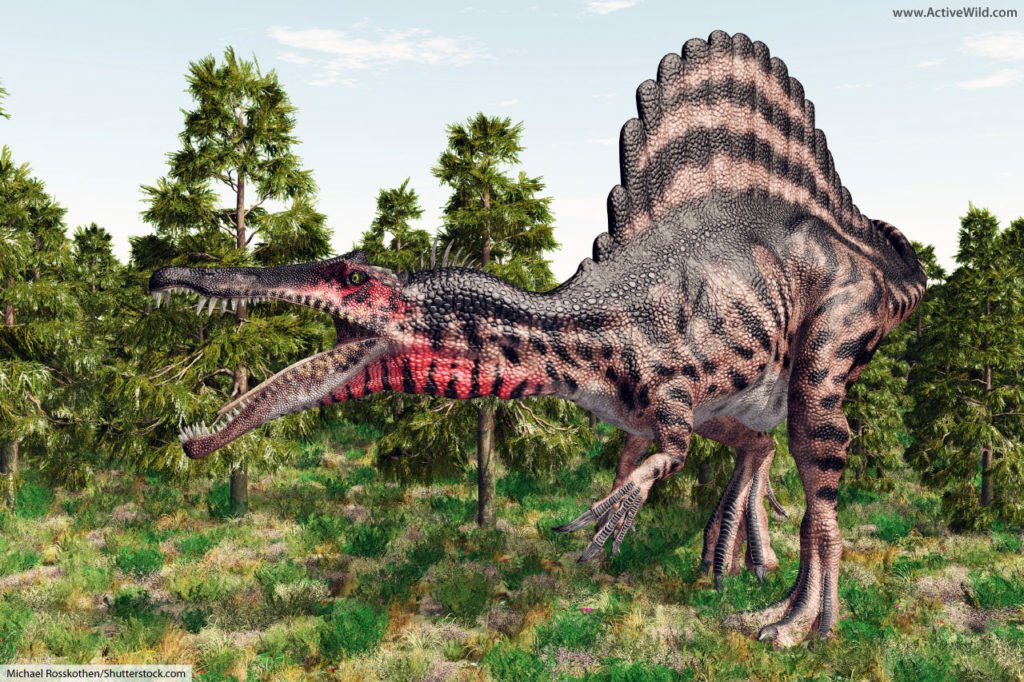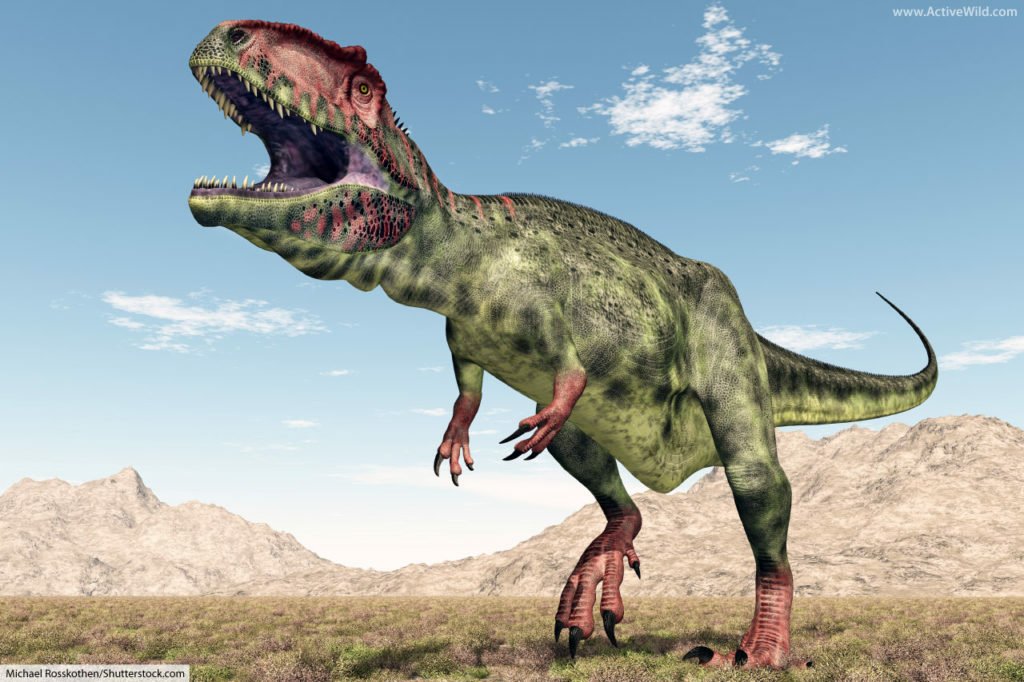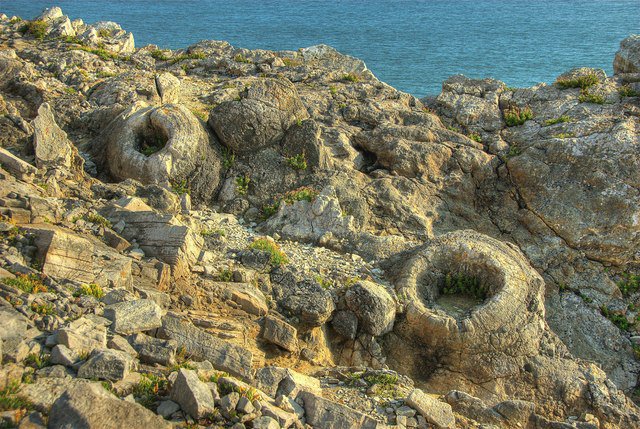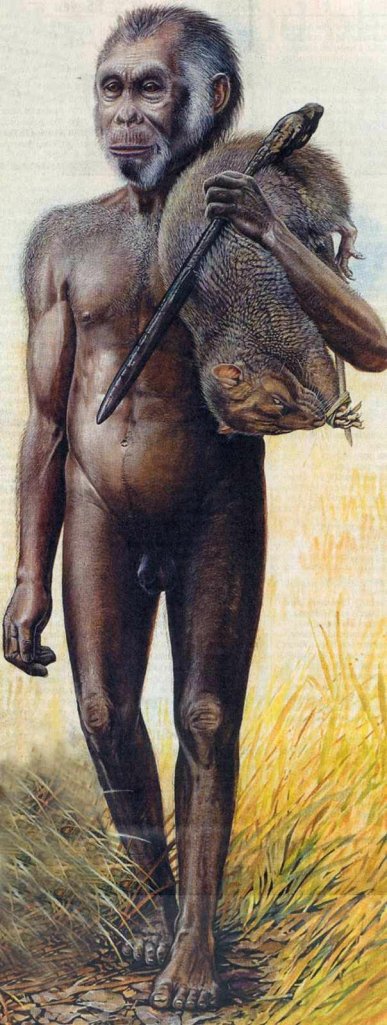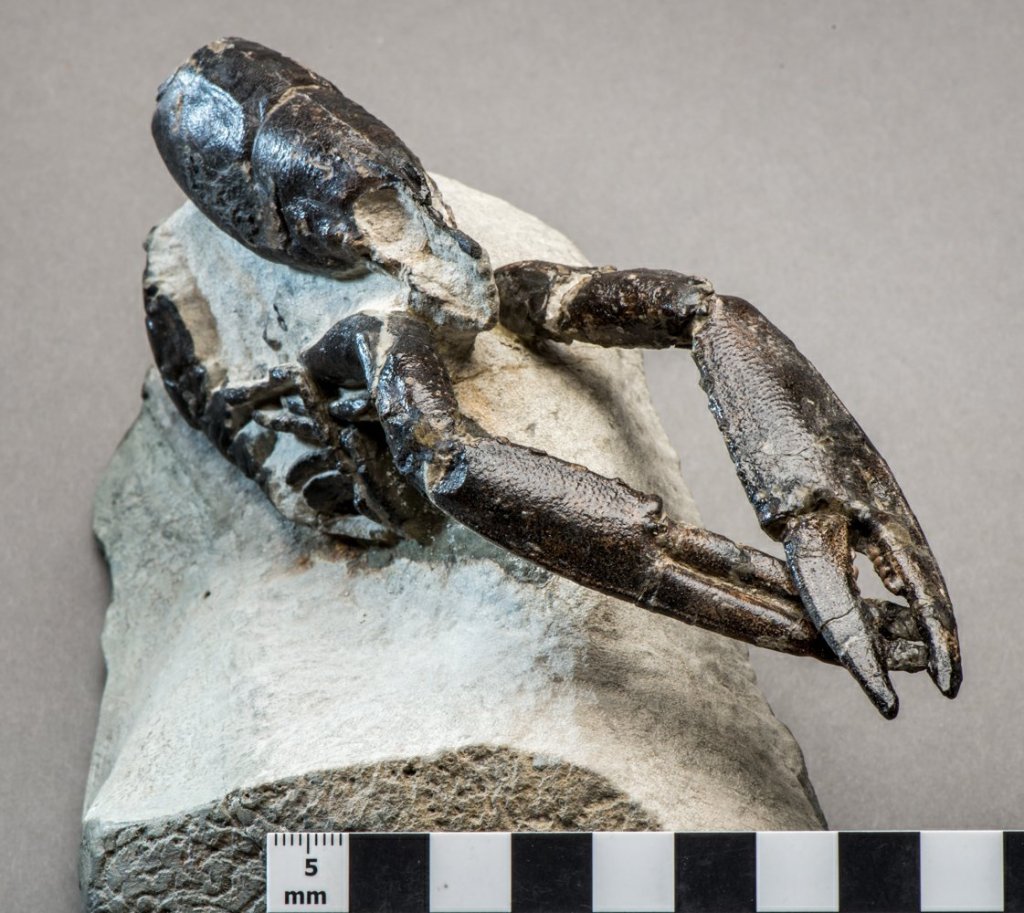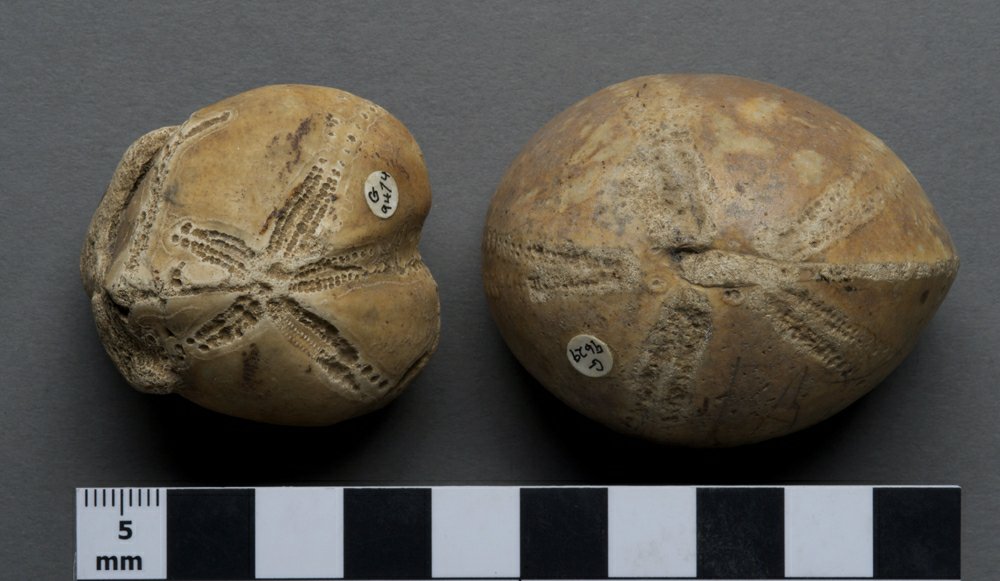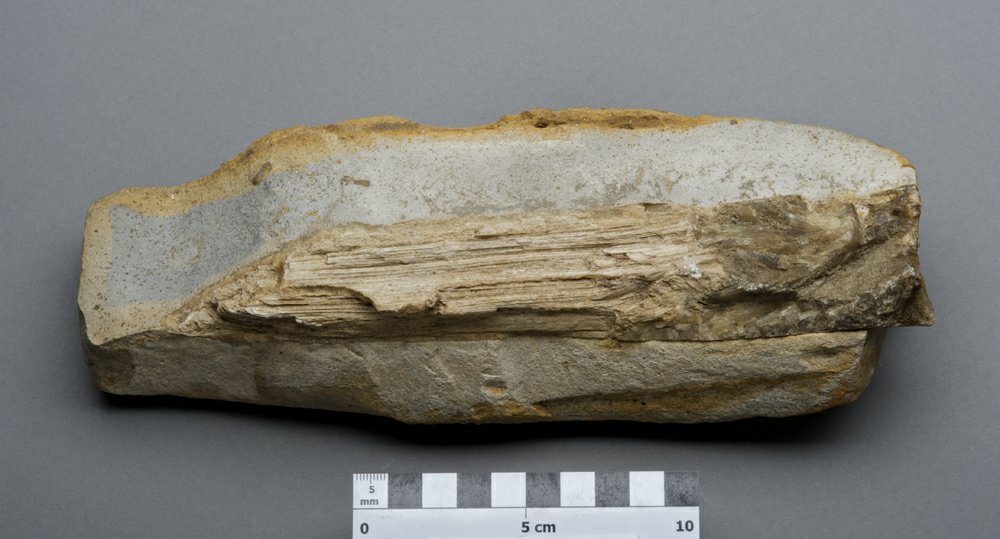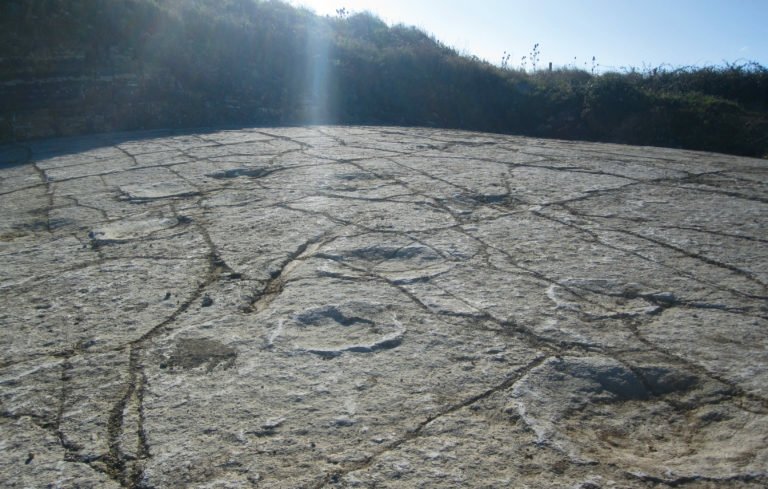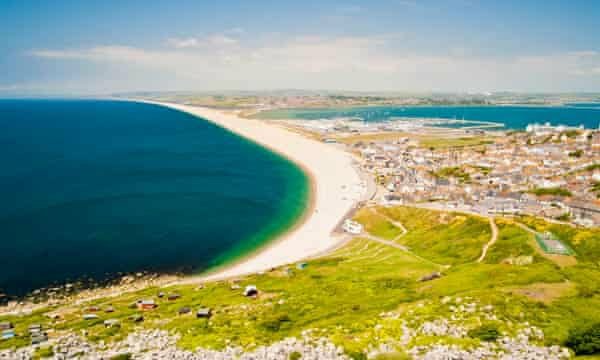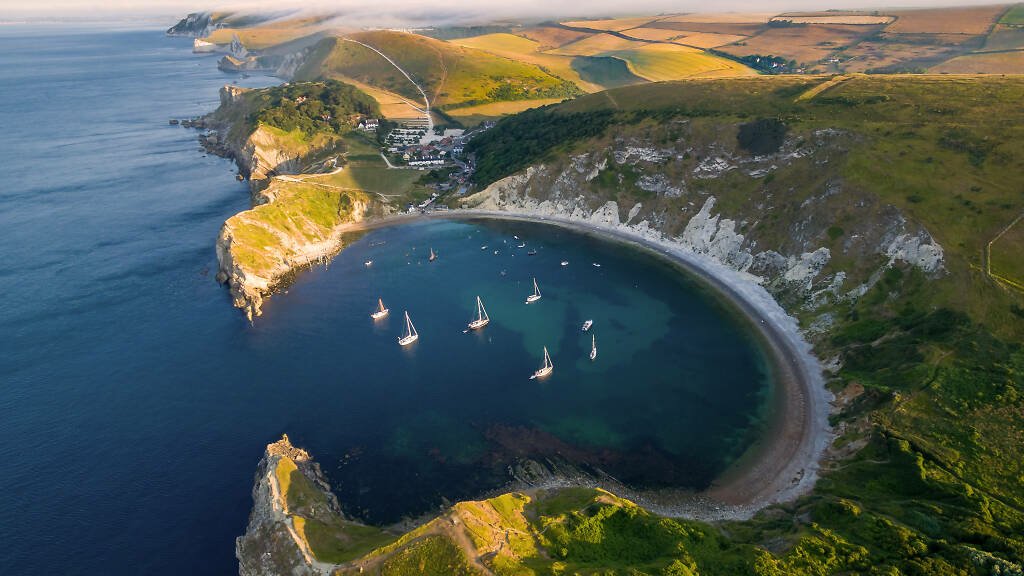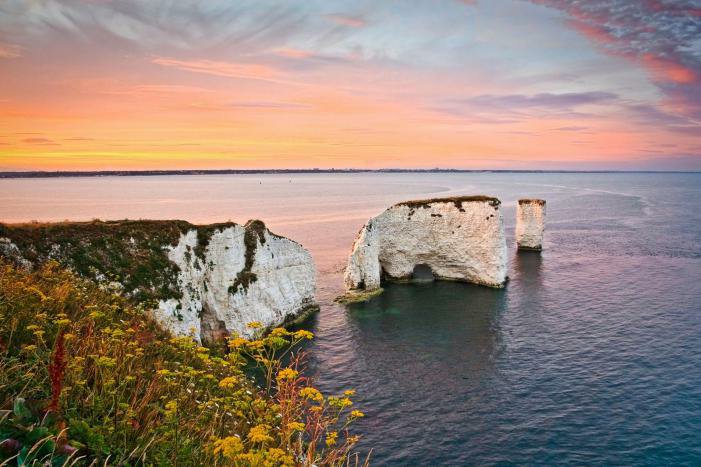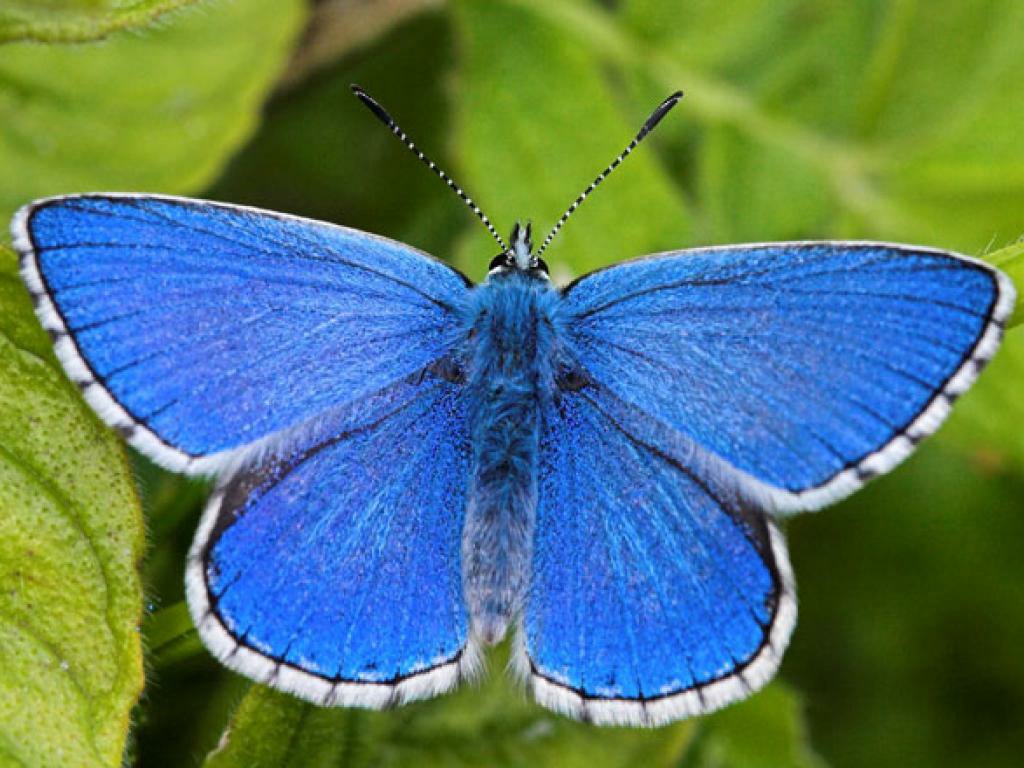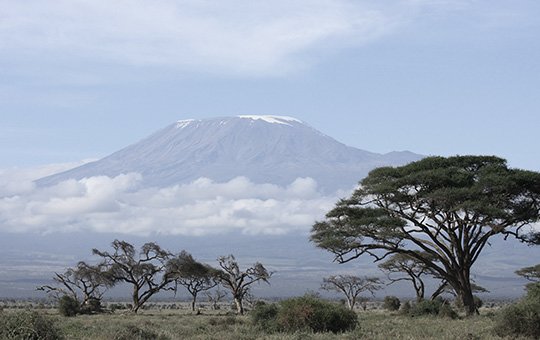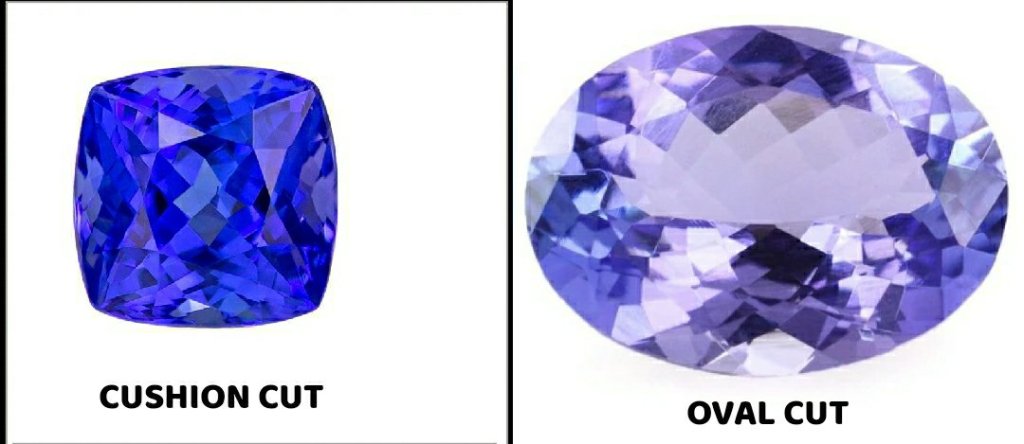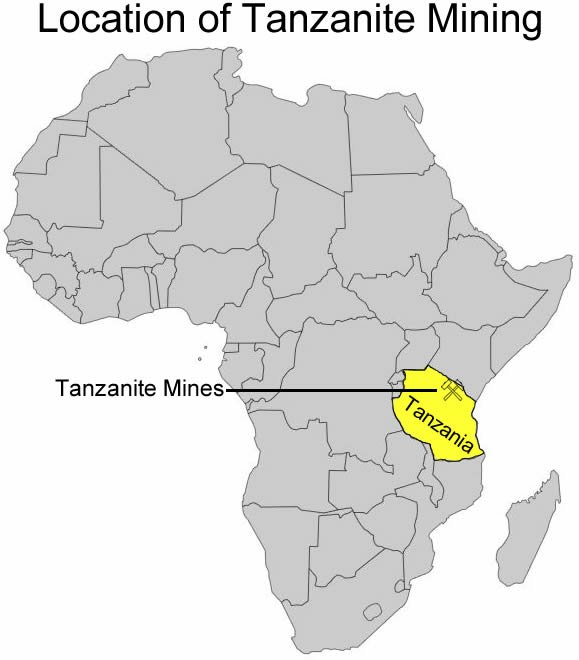– THE STORY OF “THE LARGEST VOLCANIC ERUPTION IN 10,000 YEARS.”
“In a short time, the whole mountain next to Sanggar, appeared like a body of liquid fire, extending itself in every direction. The fire and columns of flame continued to rage with unabated fury, until the darkness caused by the quantity of falling matter obscured it. I felt the end of the world was upon me.” – THE RAJAH OF SANGGAR.
• INTRODUCTION – FRANKENSTEIN’S WEATHER
Its name meant “gone” in a local language as in the people who was annihilated by the volcano. When it exploded in 1815, it became quite clear that the world will never be the same again.
It stood tall at 13,000 feet and when it exploded, the monster blasted 12 cubic miles of gases, dust and rock into the stratosphere and onto the island of Sumbawa and the surrounding area. Rivers of incandescent ash poured down the mountain’s flanks and burned grasslands and forests. The ground shook, sending tsunamis racing across the Java Sea. The blast itself was equivalent to the simultaneous detonation of 2.2 million Hiroshima Atomic bombs! The boom was heard as far as 2600km (1600 miles) in Perth, Australia. An estimated 10,000 of the island’s inhabitants died instantly. Another 80,000 from, across the world, died in the next 3 years.
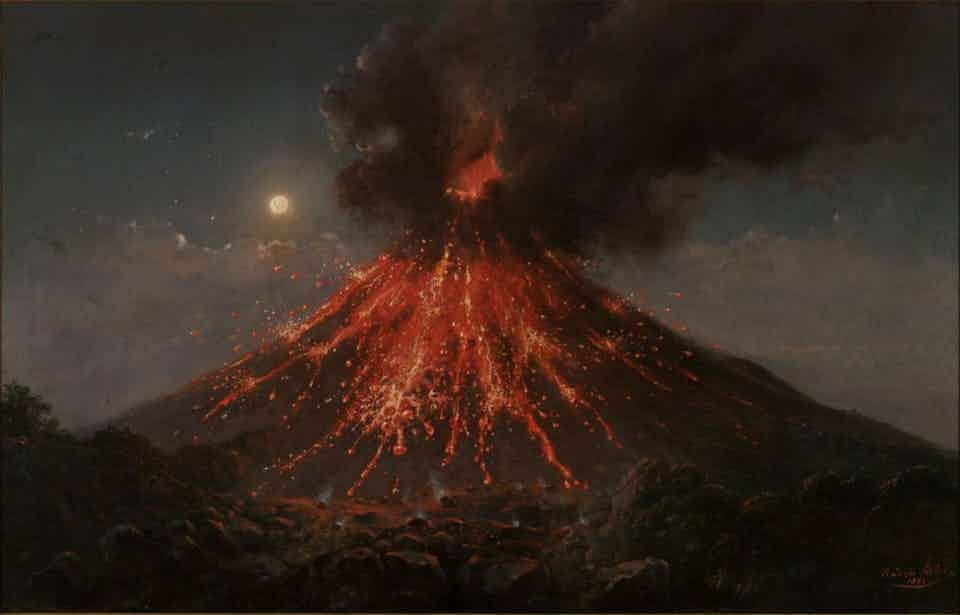
Climate experts believe that the giant was partly responsible for the unseasonable chill that afflicted much of the Northern Hemisphere in 1816, known as “The Year without a summer.” It may have even played a part in the creation of one of the 19th century’s most enduring fictional characters, Dr. Frankenstein’s monster. The eruption of this monster was ten times more powerful than that of Krakatau, another volcano that exploded just 68 years later, which is 900 miles away.
All around the world crops failed, famine came through, weather patterns were drastically altered, and ocean currents shifted and thousands of people were killed and affected.
The world had changed forever.
The name was TAMBORA.
THE LARGEST VOLCANO TO ERUPT IN THE LAST 10,000 YEARS.

• POMPEII OF THE EAST.
It was the beginning of the 19th century.
The small and then unknown island of Sumbawa, some 1000km from Indonesia, was the outpost of the Dutch East Indies. Barely 6000 miles in area, Sumbawa had been settled by people from the neighbouring larger islands of Java, Celebes, and Flores about four hundred years earlier. Although the Dutch had occupied the island in the beginning of the 19th century, the region enjoyed considerable prosperity and political independence. The beginning of the dry season in April, 1815 meant a busy time for the local farmers which formed the majority of the local population. Coffee, pepper and Cotton formed the major cash crops of the area. But rice was the staple diet.

In a few weeks the rice would be ready, and the Raja of Sanggar, a small kingdom on the northeast coast of the island, would send his people into the fields to harvest. Until then, the men of his village, called Koteh, continued to work in the surrounding forests, chopping down the sandalwood trees vital to shipbuilders.
The area was frequented by pirates but early in the morning of April 5, 1815, the Rajah of Sanggar had a major source of anxiety in front of him. The magnificent mountain Tambora, the tallest peak in an archipelago, was rich in cloudy, volcanic summits. The broad, forested slopes of Tambora dominated the Sanggar Peninsula, and its distinctive twin peaks served as a major navigation point for shipping. The long-dormant Tambora had, for some years past, begun to rumble periodically, sending forth dark clouds from its airy summit.
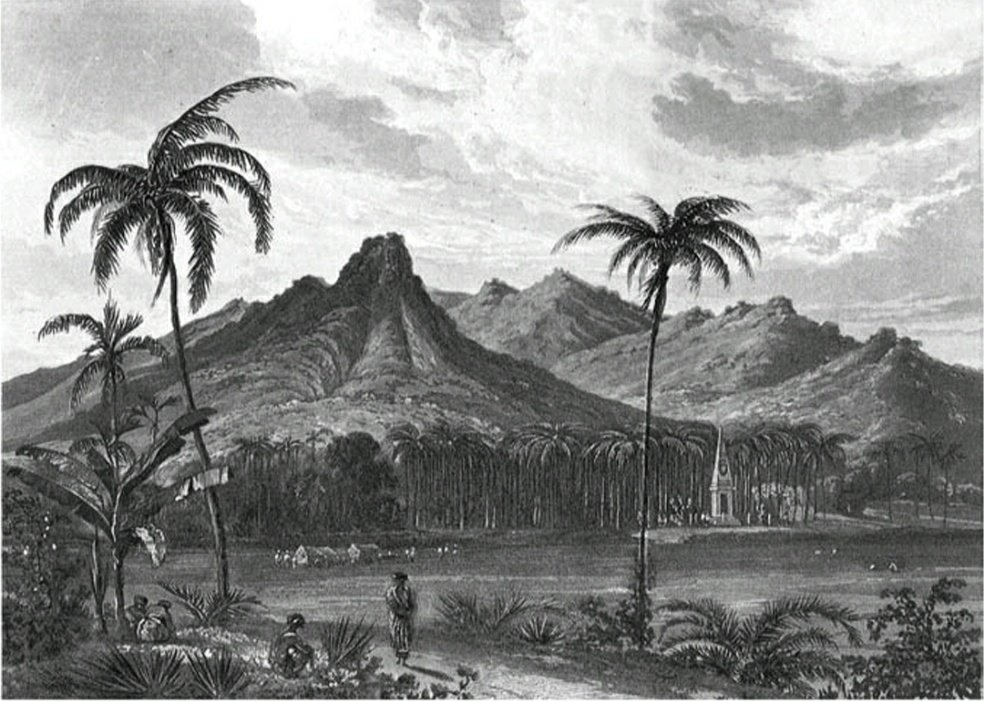
A British ship captained by the diplomat and naturalist John Crawfurd sailed near the belching mountain in 1814 and witnessed:
“At a distance, the clouds of ashes which it threw out blackened one side of the horizon in such a manner as to convey the appearance of a threatening tropical squall. . . . As we approached, the real nature of the phenomenon became apparent, and ashes even fell on the deck.”
The local people seemed not to worry that much. Some thought it the celebration of a marriage among the gods, while others viewed it more darkly. The rumblings signified anger, they said. They believed the gods were angry that the people had allowed foreign white men with their ships and guns to enslave them on plantations on nearby Java and Macassar.

On the evening of April 5, 1815, at about the time his servants would have been clearing the dinner dishes, the Rajah heard an enormous thunderclap. Everyone was staring up at Mount Tambora. A skyward jet of flame burst from the summit, lighting up the darkness and rocking the earth beneath their feet. The noise was incredible and painful.
Huge plumes of flame issued from the mountain that lasted for three hours, until the dark mist of ash became confused with the natural darkness, seeming to announce the end of the world. Then, as suddenly as it had begun, the column of fire collapsed, the earth stopped shaking, and the bone-jarring roars faded.
• “Children screamed and wept and their mothers, too, Believing the world had been turned to burning ash.”
Over the next few days, Tambora continued to bellow occasionally, while ash drifted down from the sky. Like the calm before a storm, Many villagers thought that the worst was over. Little did they know, that this was just beginning of hell.
At around 8 pm on April 15th, Tambora roared back to life in a deafening thunder. This time three distinct columns of fire burst in a roar from the summit to the west, blanketing the stars and uniting in a ball of swirling flame at a height greater than the eruption of five days before. The mountain itself began to glow as streams of boiling liquefied rock coursed down its slopes. At 8:00 pm, the terrifying conditions across Sanggar grew worse still, as a hail of pumice stones descended, some “as large as two fists,” mixed with a downpour of hot rain and ash. The village of Koteh, along with all other villages on the Sanggar peninsula, ceased to exist entirely, almost immediately. It was one of the first victims of Tambora’s spasm of self-destruction. The column of smoke, ash and Pumice shot up 40 kms in the sky.

A decade after the event, a native poet from the village of Bima, gave the terrifying eyewitness account of that night:
“The mountain reverberated around us,
As torrents of water mixed with ash fell from the sky.
Children screamed and wept, and their mothers, too,
Believing the world had been turned to burning ash.”
On the northern and western slopes of the volcano, whole villages with people in it were instantly buried under an inch thick ash. The rest were consumed with a vertical hell of flames, ash, boiling magma and hurricane strength winds.
A “violent whirlwind” struck Koteh, blowing away roofs. As it gained in strength, the volcanic hurricane uprooted large trees and launched them like burning javelins into the sea. Horses, cattle, and people alike flew upward in the fiery wind.

The Rajah of Sanggar miraculously survived the scene of Apocalypse, perhaps by hiring the best horses and steering away from the destruction well ahead. He writes about it:
“Between 9 and 10 p.m. ashes began to fall, and soon after a violent
whirlwind ensued, which blew down nearly every house in the village of
Sanggar, carrying the ataps or roofs, and light parts away with it. In the
part of Sanggar adjoining Tambora its effects were much more violent,
tearing up by the roots the largest trees and carrying them into the air,
together with men, horses, cattle, and whatever else came within its
influence.”
At ten o’clock the magma columns—which now consisted almost entirely of molten rock and ash, most of the water having boiled away and evaporated—collapsed under their own weight. The eruption destroyed the top three thousand feet of the volcano, blasting it into the air in pieces, leaving behind only a large crater three miles wide and half a mile deep, as though the mountain had been struck by a meteor. Propelled by the force of the eruption, gray and black particles of ash, dust and soot rose high into the atmosphere, some as high as twenty-five miles above the crumbling peak of the mountain, where the winds began to spread them in all directions. As they moved away from the eruption, the largest, heaviest particles lost their momentum first and began to fall back towards the ground. This gave the ash cloud the shape of a mushroom or an umbrella, with the still-erupting Tambora as the fiery shaft.

The whirlwind lasted about an hour. No explosions were heard till the whirlwind had ceased, at about 11 a.m. From midnight till the evening of the 11th, they continued without intermission; after that time their violence moderated, and they were only heard at intervals, but the explosions did not cease entirely until the 15th July. An estimated 10,000 people was annihilated by the monster, the largest human casualty due to a volcano, in recorded history.
• DARKNESS AT NOON
The distant effects of the eruption were astonishing.
Explosions were heard through the night of 10 -11 April in Bengkulu (1800 kms away), Mukomuko (2000 kms away) and even Trumon (2600 kms away) on Sumatra.
Across eastern Java the explosions were strong enough to shake houses.

The residents of Surakarta (800 kms away), quoted by James Raffles, a local doctor, noted that:
“On Tuesday the 11th, the reports were more frequent and violent through the whole day: one of the most powerful explosions occurred in the afternoon about 2 pm, this was succeeded, for nearly an hour by a tremulous motion of the earth, distinctly indicated by the tremor of large window frames; another comparatively violent explosion occurred late in the afternoon, but the fall of dust was scarcely perceptible. The atmosphere appeared to be loaded with a thick vapour: the Sun was rarely visible, and only at short intervals appearing very obscurely behind a semi-transparent substance.”
The commander of the Dutch ship Benaras, which was moored in Sumatra at the time of the explosion [some 2000 kms away], Captain Wood, became increasingly concerned about the gloomy skies. He writes:
“It was now evident that an eruption had taken place from some volcano, and that the air was filled with ashes or volcanic dust, which already began to fall on the decks. . . . the appearance altogether was truly awful and alarming. By noon, the light that had remained in the eastern part of the horizon disappeared, and complete darkness had covered the face of day.
The darkness was so profound throughout the remainder of the day, that I never saw anything equal to it in the darkest night; it was impossible to see your hand when held up close to the eye.”
Pumice flood (the liquid flow of a type of volcanic rock) was the major hazard to shipping near Tambora that was a persistent problem and posed a threat to any ship passing by.
The British ship Fairlie encountered one in the South Indian Ocean in October 1820, some 5 years later, more than 2,000 miles west southwest of Tambora. The crew initially mistook the ash for seaweed, but when they approached they were shocked, “to find it was burnt cinders, evidently volcanic. The sea was covered with it.”

• “The sea rose 12 feet higher than it had ever known to do before.”
What survivors remained from the death blow of from the pumice, ash and magma, they faced another deadly element: giant waves from the sea. Tambora generated enormous size Tsunamis that completely decimated everything and everyone in its path. Generated as the pyroclastic currents (flow of volcanic rocks) hit the water, the waves were observed across the region on the night of 10 April. Tsunami completely inundated Sanggar with a peak height of four metres around 10 pm.

Lt. Philips, in charge of a British vessel describes the scene as:
“The sea rose nearly twelve feet higher than it had ever been known to do
before, and completely spoiled the only small spots of rice land in Sanggar, sweeping away houses and every living and non-living thing within its reach.”
The tsunami hit Besuki in eastern Java (roughly 500 kms away) by midnight (thus travelling around 250 km/hr.) and Surabaya, with a height of up to two metres, hurling boats inland. Since the volcano is almost completely surrounded by the sea, this interaction may have resulted in a nearly circular 40-kilometre diameter curtain of rising ash. The tsunami killed at least 5,000 people in and around the areas of Java.
Tambora continued rumbling intermittently, at least up to August 1819. A small cone and lava flow, called Doro Afi Toi, erupted within the caldera sometime between 1847 and 1913. A strong earthquake recorded on 13 January 1909 may be related to this activity. Since then all appears to have been quiet.
• “THE END OF THE NORMAL WORLD WEATHER” – THE LAST GREAT SUBSISTENCE CRISIS IN THE WESTERN WORLD
The Tambora explosion of 1815 had far reaching consequences, literally. The eruption has been deemed as, “The last great subsistence crisis in Europe’s history.” Weather data for the early nineteenth century indicate a two- to three-year period of weather extremes following the eruption. Throughout 1816, average surface temperatures in the Northern Hemisphere were as much as 10˚C lower than normal! Throughout Europe, the summers of 1816 and 1817 were cold and wet. Snow fell in many areas.

In Highgate, outside London, the great English poet Samuel Taylor Coleridge summed up the wave of violent summer storms as, “this end of the world weather.”

In Hungary, the snow was coloured brown from volcanic dust in the atmosphere. Yellowish and reddish snow fell even as far south as the heel of the Italian boot. Crop failures were widespread. The Alpine regions of France, Switzerland, and Austria suffered the most. Snow and frost came early and stayed late, severely shortening the growing season in 1816 and also, to some extent, in 1817. Attempts to replant summer wheat were frustrated by a lack of seed in state granaries. As a result of these factors, there was famine in many European countries in 1816, especially in cities. In Paris a record number of people starved to death. Harvests failed in Ireland, and famine gripped that country. Ensuing health problems led to a typhus epidemic that lasted from 1817 to 1819. The number of deaths is not known but has been estimated at more than 100,000.
North eastern North America also experienced disastrous weather in the spring and summer of 1816.
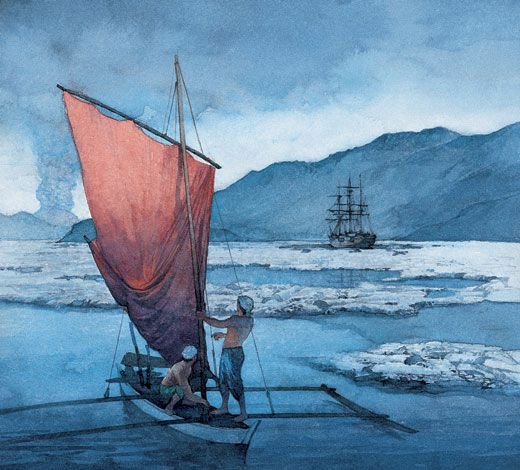
One Professor Dewey in Williamstown, Massachusetts reported:
“Cucumbers and other vegetables nearly destroyed. . . . June 10th, severe
frost in the morning. . . . Ten days after the frost, the trees on the sides of
the hills presented for miles the appearance of having been scorched.
June 29th and 30th some frost. July 9th, frost, which killed parts of
cucumbers. August 22nd, cucumbers killed by the frost. August 29th,
severe frost. Some fields of Indian corn were killed on the low grounds,
while that on the higher was unhurt. Very little Indian corn became ripe
in the region.”

The region experienced an abnormally dry year. But like Europe, there were record low temperatures during the growing season, with night frosts and even occasional snowstorms. Cold weather predominated throughout Canada and as far south as New Jersey. Throughout Canada and New England, the dryness and cold weather devastated crops, including wheat and the all-important hay and corn, which provided fodder for farm animals. The eruption of Tambora in 1815 devastated the island of Sumbawa; produced famine and disease on nearby islands; disrupted the monsoon and caused famine in India (which killed an approximate 60,000 people). Tambora is also the reason behind the worldwide cholera pandemic [which started in 1817], which killed an approximate 1-2 million people. It also led to cold weather, crop failures, and food riots in Europe and produced the infamous “The Year without a Summer” in North America.
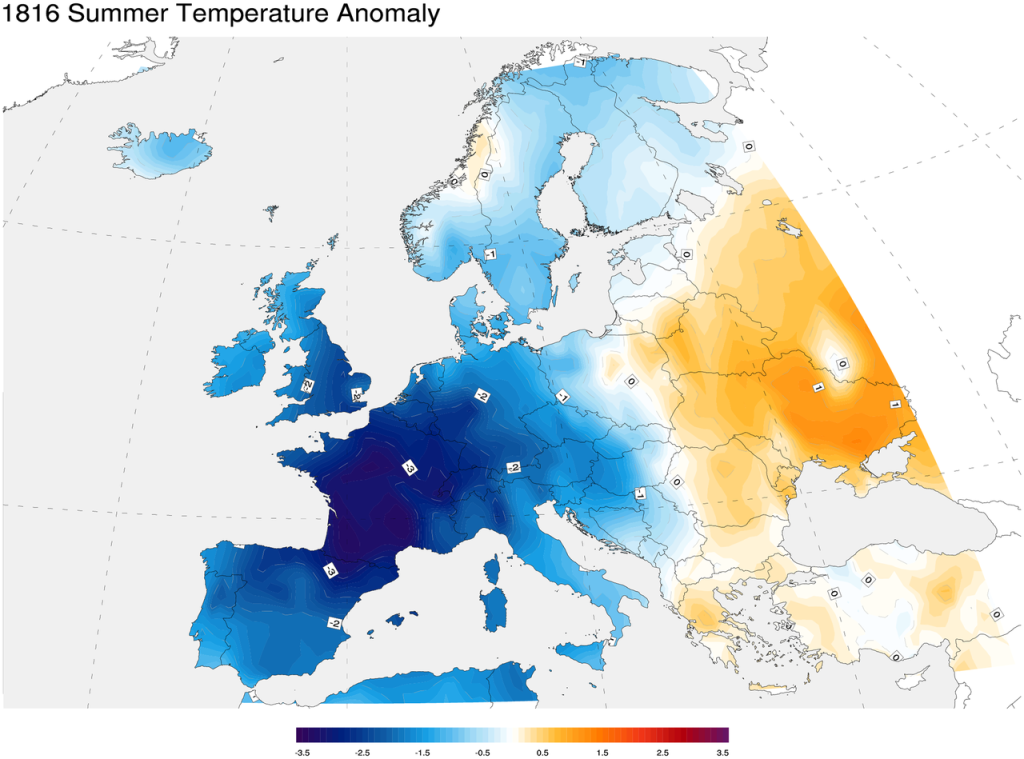
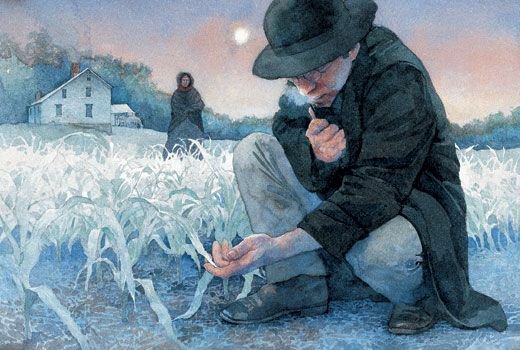
Lord Byron’s oft-quoted poem, DARKNESS, paints an almost apocalyptic picture of what the weather was like in 1816 in England, after Tambora exploded. An extract from which is as follows:
“I had a dream, which was not all a dream.
The bright sun was extinguished, and the stars
Did wander darkling in the eternal space,
Rayless, and pathless, and the icy earth
Swung blind and blackening in the moonless air;
Morn came and went and came, and brought no day,
And men forgot their passions in the dread
Of this their desolation; and all hearts
Were chilled into a selfish prayer for light.“

• AFTERMATH
Tambora erupted with a 7 VEI (Volcanic Explosivity Index) [A scale to measure the explosion of a volcano, somewhat like the magnitude scale for earthquakes], the highest in the scale being 8. The explosion is termed as the “Largest Volcano eruption in recorded human history of 10,000 years.” Never before in the history of humankind has a single volcano caused the largest devastation and the most severe weather conditions known to man.

Around 60,000 lives were lost in Sumbawa and Lombok alone, and perhaps, in reality, more than 200,000 perished as a direct result of the eruption. The eruption pumped around 30 mega tonnes of sulphur into the stratosphere. This generated up to 100 mega tonnes of sulphuric acid aerosol, noted across the globe in the guise of various atmospheric optical phenomena.

Today, Tambora is still categorized as an active volcano and there is a 30% chance of another Tambora sized eruption striking this century, according to the UN. What is more worrying is that there are around 800 million people who live today within 62 miles of the Volcano’s blast zone. Today, scientists, who study global climate trends, closely monitor the situation around Tambora and emergency evacuation protocols are in place, in case of another eruption. They use Tambora as a benchmark study, identifying the period 1815 to 1816 in ice cores from Greenland and Antarctica by their unusually high sulphur content— a signature of a great upheaval long ago and a world away.
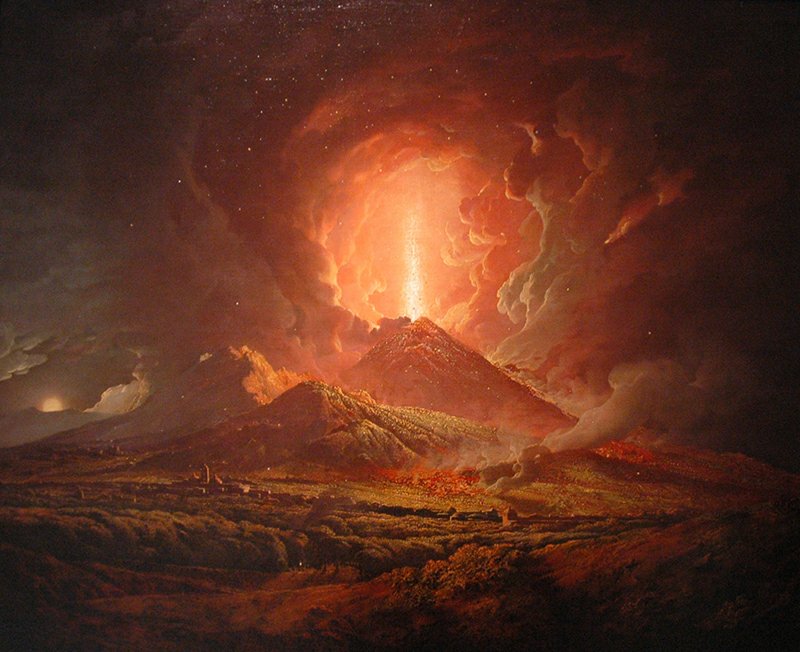
Environmental historian Gillen D’Arcy Wood of the University of Illinois at Urbana-Champaign, perfectly sums up Tambora and its impact on humankind:
“I think of Tambora as the most recent and most drastic climate deterioration on human communities. It’s a study of human vulnerability.”
There cannot be any doubt that if history could be re-run from April 1815 without Tambora going off, the world would have been a much different place today.


